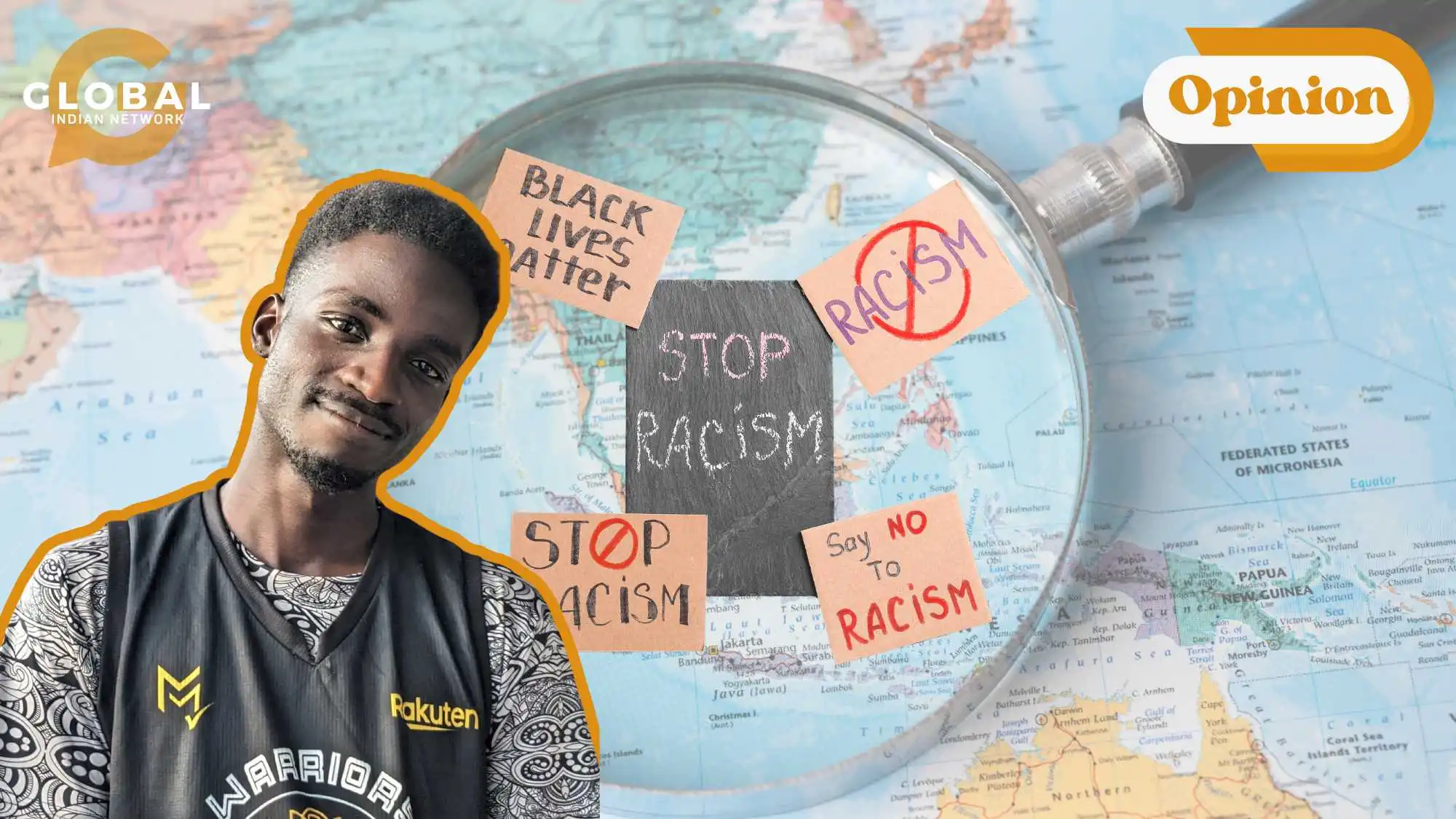Far East Asian countries like Japan and South Korea are known for their economic strength and rich cultural heritage. However, these countries are under a severe demographic crisis: they are experiencing a declining and aging population. Amidst this crisis, the necessity of immigration has become more pressing. However, xenophobia and racism are widespread, which has been a great hurdle to the integration of immigrants into these societies, particularly from South and Southeast Asia and Africa.
The Demographic Challenge
Japan and South Korea are seeing some of the world’s lowest birth rates, with fertility rates below the replacement level of 2.1 children per woman. Japan’s population, for example, is projected to shrink by nearly one-third by 2065. Such demographic decline puts the economy at risk as a smaller workforce will have to sustain more retirees.
The Need for Immigration
Immigration is a possible solution to this crisis. The countries can replenish their labour force, stimulate economic growth, and support their ageing populations by accepting immigrants. In addition, immigrants bring different perspectives and skills, which enhance innovation and cultural exchange. For instance, Japan’s technical intern training program intends to bring foreign workers to fill labour shortages in industries such as agriculture, construction, and caregiving.

Racism and Xenophobia in Far East Asia
Although the clear benefits of immigration exist, the Far East Asian countries have found it difficult to avoid xenophobia and racism. Generally, foreigners originating from South and Southeast Asia and Africans are socially excluded, discriminated against, and even hostile. This is the case in Japan, where such long-standing societal mores and homogeneous cultures have encouraged xenophobic attitudes. In South Korea, migrant workers are often victimized and exploited.
Discrimination Against Specific Groups
In Japan, immigrants from South and Southeast Asia, as well as Africans, face extreme discrimination. Technical intern trainees from Vietnam and the Philippines have reported cases of unpaid wages, verbal abuse, and poor working conditions. Other discriminated groups are ethnic Koreans in Japan-abbreviated Zainichi Koreans have faced decades of discrimination due to their birth, most of whom were born and raised in Japan, but basically because of historical tensions between Japan and Korea, which basically prove discriminatory barriers to employment, housing, and education.
In South Korea, there is a clear prejudice against Southeast Asian migrants, who mostly take low-skilled jobs in hard conditions and face discrimination from employers and the public. A 2018 survey revealed that nearly 67% of South Koreans felt uncomfortable with the idea of having a Southeast Asian neighbour. African immigrants also face significant prejudice, often being stereotyped and socially marginalized.
Percentage of Immigrants and Economic Impact
In Japan, the immigrants comprise only 2% of the population. With a growth rate of 1.24% annually, the country will require 6.74 million foreign workers by 2040. These numbers are crucial in reducing the pressure on the pension system and replacing workforce gaps in important sectors such as healthcare and construction.
In South Korea, immigrants make up about 4.4% of the population. The country has experienced a steady increase in the number of immigrants, especially from China and Vietnam. However, the percentage of immigrants is still relatively low compared to other developed nations. For South Korea, a significant increase in foreign labour is required to sustain economic growth, particularly in sectors like manufacturing and services, where there is a shortage of domestic workers.
Government Policy vs. Societal Norms.
The Japanese government has tried to attract foreigners through a points-based system for highly skilled foreign professionals and relaxing visa regulations. However, the treatment of immigrants by society often runs counter to these efforts. Immigrants are often beset by language barriers, cultural differences, and social isolation. Thus, despite these initiatives, the gap between policy and practice in terms of the integration and protection of immigrants remains huge.
The South Korean government also has initiated the attraction of foreign talent, for example, by offering various visa programs and incentives to skilled workers. However, discrimination against immigrants prevails, and, in some instances, they are considered a short-term labour force rather than long-term residents.
Conclusion
As demographic challenges confront Far East Asian countries, more inclusive policies of immigration should be pursued. Xenophobia and racism need to be addressed, as this can promote a more accepting environment for immigration and ensure successful integration and contribution to society. Combating discrimination and promoting diversity will help these nations get out of the population crisis toward a sustainable future.

Let us know your thoughts in the comments below. If you have burning thoughts or opinions to express, please feel free to reach out to us at larra@globalindiannetwork.com.









